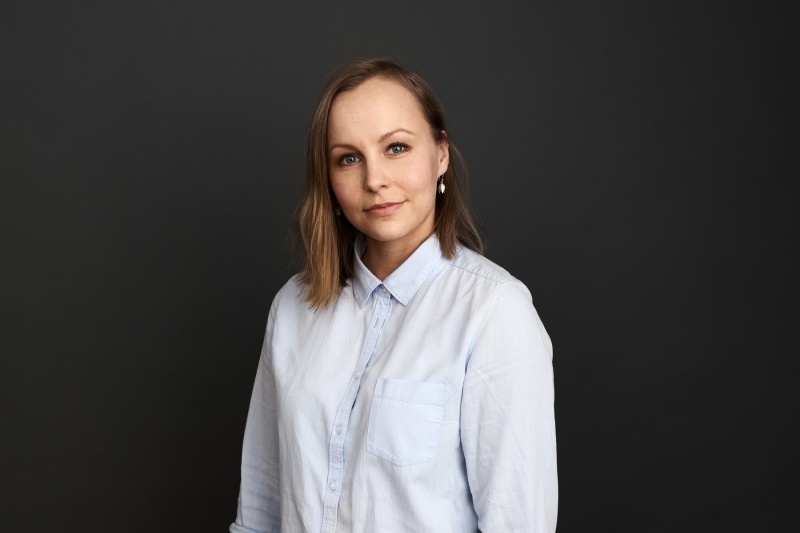Oona Korhonen
Head of Business
PhD in Bioproduct Technology

Oona Korhonen works at Measurlabs as the Head of Business. She holds a PhD in Bioproduct Technology from Aalto University, where she completed her doctoral thesis on short-fiber reinforced all-cellulose composites in 2020.
Publications
Oona has contributed to several academic publications and written guest articles for industry media. Some of these include the following:
All-cellulose composite aerogels and cryogels in Composites Part A: Applied Science and Manufacturing
Gelation of cellulose-NaOH solutions in the presence of cellulose fibers in Carbohydrate Polymers
Know your value chain: identifying the amount of bio-based content in your subcontractor’s products on the European Bioplastics website

